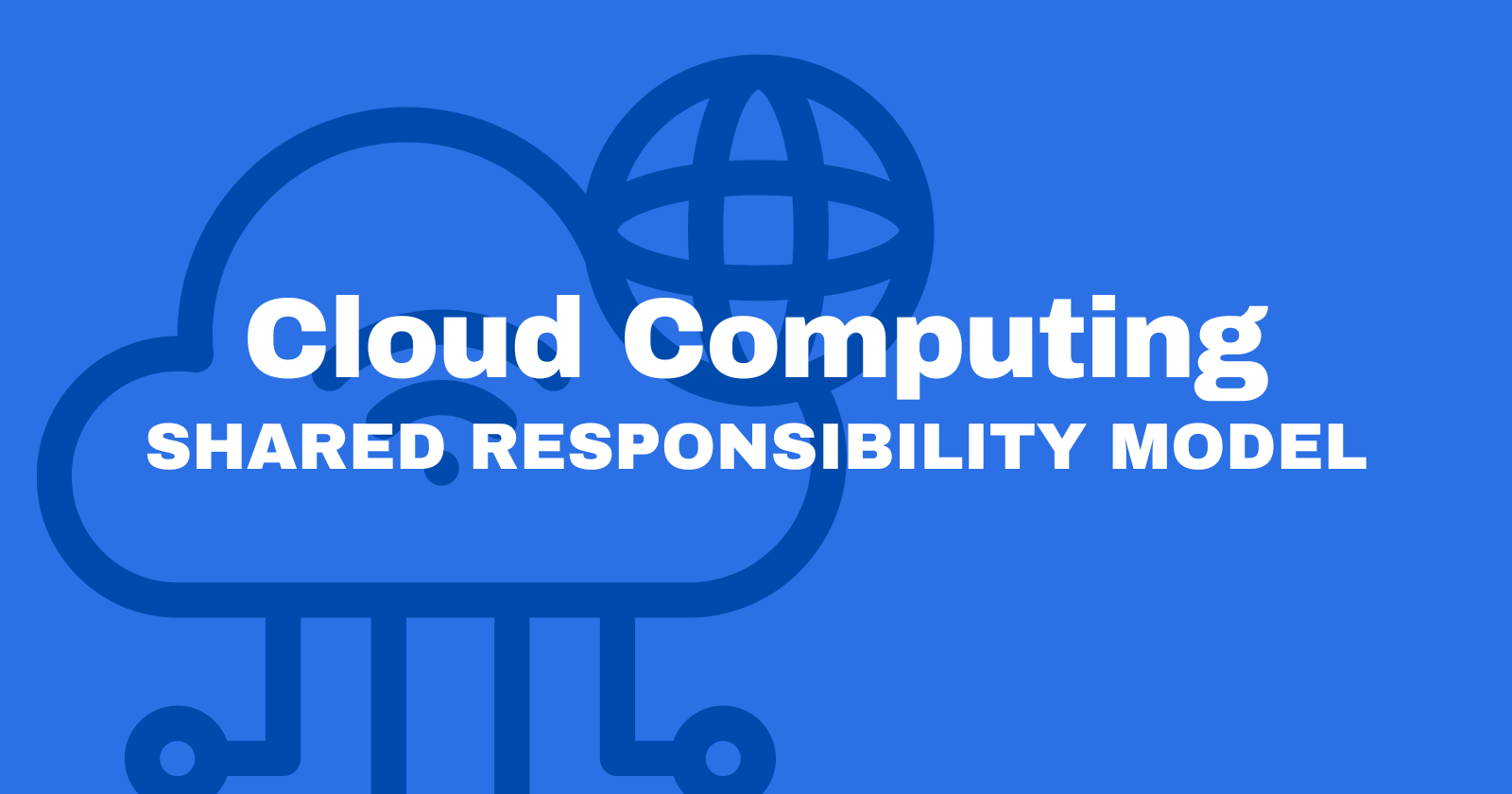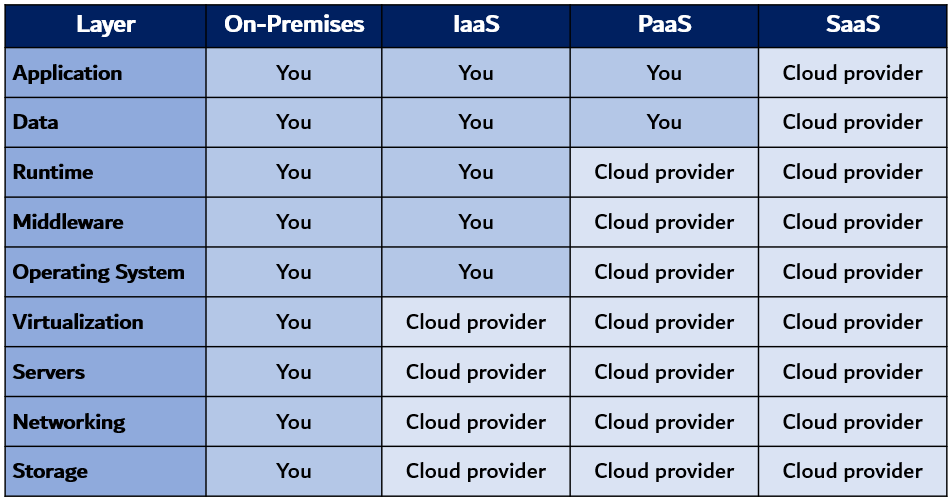Shared Responsibility in Cloud Computing: Simple Insights
 Jaykumar Mandaviya
Jaykumar Mandaviya
In On-premise data center setup, a company takes care of everything - maintaining the data center, handling security, and ensuring everything runs smoothly. However, in the shared responsibility model of cloud computing, the responsibilities are divided between the cloud provider and the user.
The cloud provider takes care of managing the data center, ensuring physical security, and handling network connectivity. On the other hand, the user is responsible for managing the data and information stored in the cloud.
Now, Let's look at three main types of cloud services
Infrastructure as a Service (IaaS)
Infrastructure as a Service is the most flexible category in the cloud service. In this type of service, the cloud provider maintains physical hardware, network, and Security. The consumer is responsible for choosing the Operating System, configuration and management, Database, and Storage configuration.
Example: Azure Virtual Machines
Platform as a Service (PaaS)
Platform as a service is a middle ground between IaaS and SaaS. In this type of service. The cloud provider maintains the Operating System, middleware, and Development tools. Using this Service customers can focus on building apps rather than worrying about the various infrastructure.
Example: Azure App Services, Azure MySQL Database
Software as a Service (SaaS)
Software as a Service is fully managed by the cloud provider, customers are using only the fully developed application. It is maybe the least flexible and easiest to get and running. It also requires less technical expertise. Example: Microsoft 365
To make it easier to grasp, here's a convenient chart outlining the duties of both the cloud provider and the customer for each service type:

Subscribe to my newsletter
Read articles from Jaykumar Mandaviya directly inside your inbox. Subscribe to the newsletter, and don't miss out.
Written by
